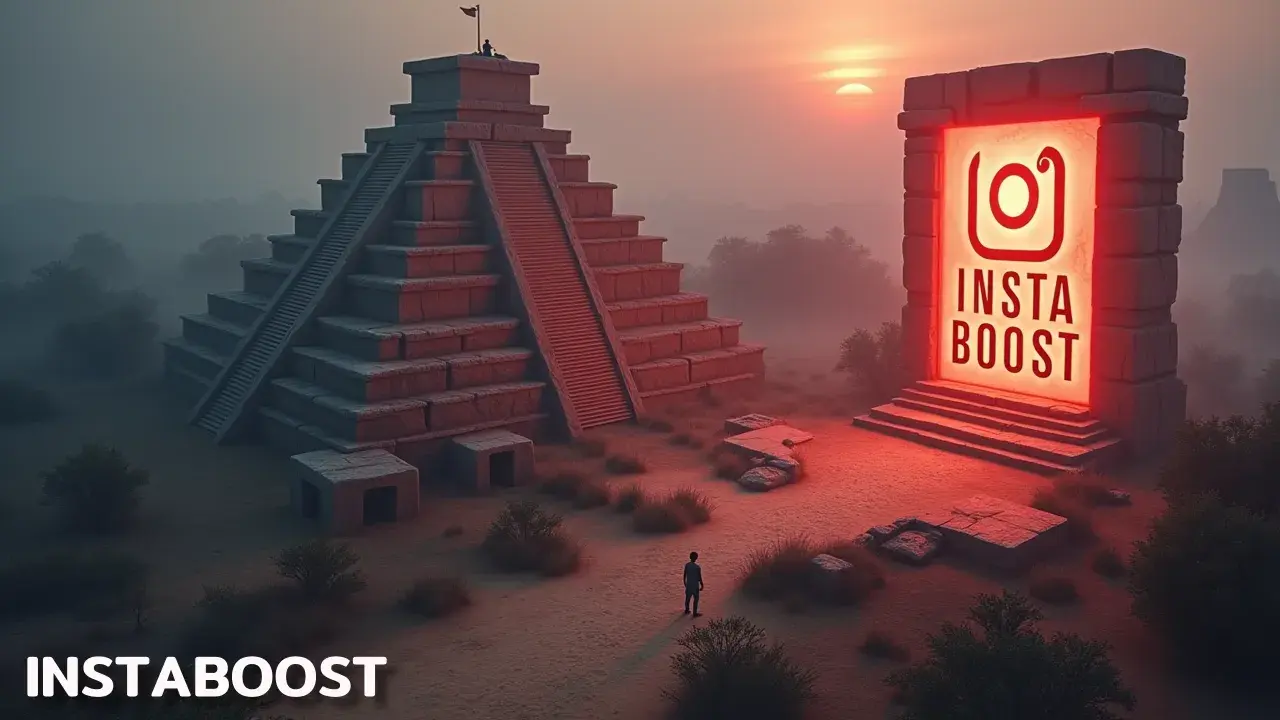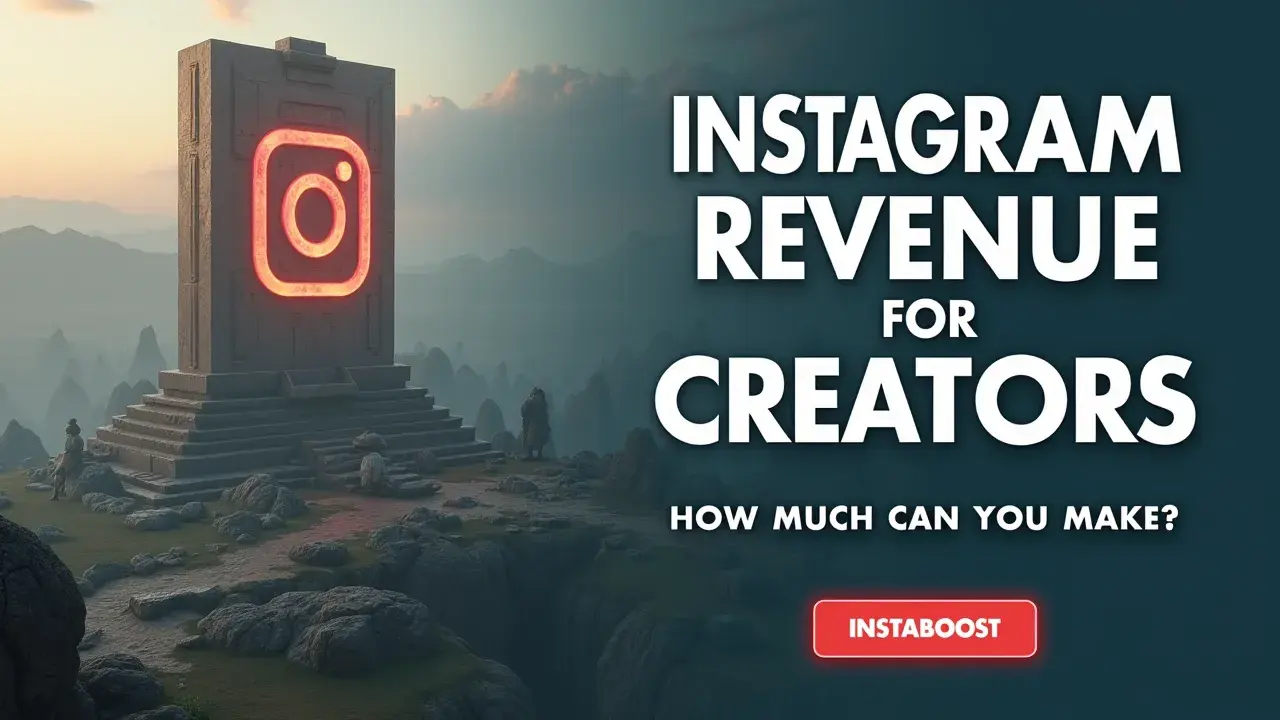How Much Can Creators Earn From Instagram Revenue?
Earnings depend on consistent posting and disciplined tracking. Monitoring the first hour’s response highlights formats and timing worth repeating, making revenue patterns more predictable over time. Clean benchmarks, tight time windows, and simple segmentation clarify which content truly drives income and which does not. A smart path is to iterate on high-signal posts to build steady, month-over-month growth.
Why Instagram Can Be a Consistent Paycheck
You can make real money on Instagram, and the creators who do it consistently treat the platform like a revenue system, not a slot machine. The difference is structure: clear offers, reliable formats, and a tight feedback loop that shows which posts deserve fuel. Start by matching your content to revenue paths you control – affiliate links with tracked codes, high-margin digital products, brand deals with defined deliverables, or subscriber perks – and pair each with clean analytics so you can see which actions actually pay. Early momentum is a signal. If the first hour brings saves, shares, and real comments from the right audience, that post earns a push through targeted promotion or a qualified collab.
This is where ad spend and trials make sense – when creative, audience intent, and timing line up, even modest budgets can multiply reach without wrecking margins; for discovery mechanics, I’ve found notes on organic Instagram growth support useful as a cross-check against my own tests. Revenue gets predictable when you stack retention signals – steady watch time on Reels, repeat DMs asking the same buying question, click-through that holds week after week – and lean into the formats and posting windows that trigger them. You can’t copy a mega-influencer’s rates, but you can benchmark your own RPM across placements and tighten it over time.
Use simple segmentation to separate buyers from browsers, keep your funnels clean, and measure each monetization stream in short windows so outliers don’t blur the picture. The non-obvious upside is that small accounts with focused intent often out-earn bigger ones because their offers match precisely to audience need. If you build with that precision – and keep fueling what proves itself – you’ll see Instagram revenue stabilize and scale in a way you can plan around.

Proof That Instagram Pays: What Consistent Earners Share
Even sharp teams miss this detail. The creators who turn Instagram revenue into a predictable line item validate earnings at the post level, not the month. They tag every link and deliverable with unique codes, watch the first 60 – 90 minutes for retention and real comments, then segment results by format, hook, and offer type. It sounds clinical, but it’s what separates viral from viable.
If a Reel with a mid-price digital product drives a higher click-to-purchase rate than a carousel pushing a low-commission affiliate, they skip debates about taste and scale the winner with targeted promotion and qualified collabs, and they park the rest. The credibility comes from clean analytics you can show a brand or your own P&L – revenue per 1,000 views, save-to-follower ratio, and subscriber conversion within a 7-day window. If you run paid boosts or whitelisting, treat them as accelerants with safeguards. Use reputable audiences, cap frequency, and require a positive ROAS in a controlled test before rolling out. Brands notice that discipline.
It shifts negotiations from pay for vibes to pay for outcomes, with clear deliverables and benchmarks that justify higher rates. For creators building their own products, the same rigor works – map content to intent, keep checkout friction low, and use retention signals to decide which formats deserve a weekly slot. Searchers asking how much creators make on Instagram want receipts, and the receipts are cohort charts and repeatable units. With that backbone, you can forecast, invest in better production where it moves revenue, and make smarter trade-offs – like prioritizing a proven tutorial series over a trendy sound – because the numbers, not the noise, are paying you, and tactics to gain Instagram followers quickly only matter when supported by unit economics that hold up under scrutiny.
Design a Revenue System Around Human Signals
Most plans miss when they skip the human. If your Instagram revenue plan ignores why someone taps, saves, or buys, your analytics turn into noise. Begin every offer by naming the job it solves for a specific follower segment, then work backward to the format that earns early momentum; even simple social proof can boost Instagram engagement with likes that clarify which ideas deserve spend, but only if you tie it to behavior, not vanity.
Use a 5 – 7 second hook tied to that job, show proof in the first frame, and make the path to buy light on friction. Treat retention signals and real comments as your green light to fuel. When a post clears your 60 – 90 minute benchmarks, route budget to targeted promotion and creator collabs that mirror the audience who actually converted. Pair each revenue path you control – affiliate with tracked codes, high-margin digital downloads, subscriber perks, or scoped brand deliverables – with clean analytics that tie actions to payout, not just reach. A simple testing loop works when you segment by hook type, format, and offer, then re-run only the winners at the same posting window.
Where paid acceleration fits, use reputable placements and cap spend to your verified cost per action. Where it does not, lean on shareable carousels and short Reels that answer a single buying objection. Build safeguards – a live ROI sheet per offer, UTM templates, and a weekly review that cuts underperformers fast. The quiet edge is sequencing. Publish trust-first posts 24 – 48 hours before ask posts so your ask lands on warmed attention. That rhythm turns Instagram revenue for creators from sporadic to forecastable and helps you walk into brand deal negotiations with post-level proof. If you keep one search term, make it buyer-intent content – you will make more when the creative and timing match why the viewer is ready now.
Stop Chasing Follower Milestones – Chase Measurable Demand
Growth isn’t always movement – sometimes it’s pressure. A dip in reach, a flat week, or quiet comments aren’t signs to pivot wildly. They’re prompts to tighten revenue inputs and pull vanity out of your dashboard. Instagram revenue for creators gets predictable when soft weeks are treated like split tests, not failures. Re-run the same hook with a different proof frame. Shift the CTA placement.
Pair the Reel with a qualified creator collab to borrow trust and sharpen fit. If you pay for a nudge – ads, boosts, or even a small trial of engagement to clarify which ideas deserve spend – tie it to retention signals and real comments in the first 60 to 90 minutes, not just likes. That’s how you separate social proof that amplifies demand from noise that fogs attribution.
Organic-only purism can slow learning. Paid acceleration works when it’s matched to intent, segmented by format and offer, and tracked with unique codes on every deliverable, and it can be paired with practical tactics to improve your Instagram exposure without confusing validation with vanity. The goal isn’t to inflate metrics. It’s to confirm that a specific hook solves a job for a specific segment and moves them to a low-friction path to buy. When a post stalls, resist overhauling your niche. Tighten the first five seconds, put proof in frame one, and use targeted promotion only after clean analytics show early momentum. If a month underperforms, zoom into post-level profit, not follower count. Viable creators don’t “trust the algorithm.” They trust their testing loop and keep inputs constant long enough to learn. That’s how you turn sporadic wins into line-item income and make “how much can you make on Instagram” a function of repeatable behavior, not viral luck.
Close the Loop: Turn Signals Into Salary
Endings should hum, not echo. Close on the job you promised and give one concrete next step tied to measurable demand, not applause. If the piece was about organizing a tiny kitchen, make the call to action the exact organizer bundle, a tutorial series, or a limited creator collab, then track saves, product page taps, and replies as your retention signals. If you use accelerants like targeted promotion, a short trial, or reputable engagement boosts to clarify which hooks earn early momentum, pair them with clean analytics and safeguards. Keep audiences narrow, define clear time windows, and use real comments as the quality check.
That’s how Instagram revenue for creators shifts from vibes to a system. In practical terms, build a simple testing loop. Publish with a 5 – 7 second job-first hook, show proof immediately, and set one friction-light path to buy. In the first hour, segment by follower vs. non-follower response and only scale formats that produce saves plus checkout views. Paid pushes work when they’re matched to intent, like warm viewers or cart abandoners, and constrained by benchmarks you can actually hit. Here’s the crisp, non-obvious insight: the most reliable money comes from repeating your highest-retained micro-format at the same posting window for four weeks, then comping it against the previous four.
You’re not chasing reach. You’re compounding a slot that converts. If you need a nudge to pick winners, small bursts of qualified promotion or creator collabs can spotlight content worth investing in, as long as your end screen, product tagging, and DMs are ready to capture demand, and moments that naturally increase organic reach via shares should be treated as signals, not goals. That quiet, repeatable hum is how you make Instagram income predictable.
Make the First Hour Your Forecast
Treat the first 60 to 90 minutes after you post like a revenue weather report, not a mood swing. Early momentum is the cleanest predictor of how much Instagram revenue a post can drive because it captures intent before the algorithm spreads results across time zones and passive scrollers. Set a tight testing loop with same-day time slots, consistent CTAs, and a fixed micro-metric window – saves, product page taps, replies, and qualified DMs – then tag each post by hook, format, and offer so you can segment winners fast. If a tutorial reel hits saves at 3x your baseline but comments stay quiet, that’s a cue to pair it with a creator collab or a limited bundle and retest with targeted promotion; some teams even benchmark against tools that increase Instagram comment count to stress-test their retention reads.
Paid accelerants work when they’re matched to intent and paired with clean analytics and safeguards. Choose a reputable source, cap spend to a small audience slice, and watch retention signals rather than raw reach. Real comments matter more than hearts. They forecast conversion and repeat buyers. If the first hour is quiet, avoid a wild pivot and trim friction instead. Shorten the caption, move the link higher, or swap the thumbnail, then rerun in the next slot.
Over a month, these micro-reads stack into a forecast you can bank on – which hooks deserve ad support, which formats justify a short trial, and which products should headline your next drop. The non-obvious upside is operational. By locking your windows and labels, you stop guessing and start scheduling cash flow. That’s how creators move from good engagement to measurable demand, and how you answer the real question in any search for how much you can make – exactly as much as your first-hour signals say you can scale this week.















